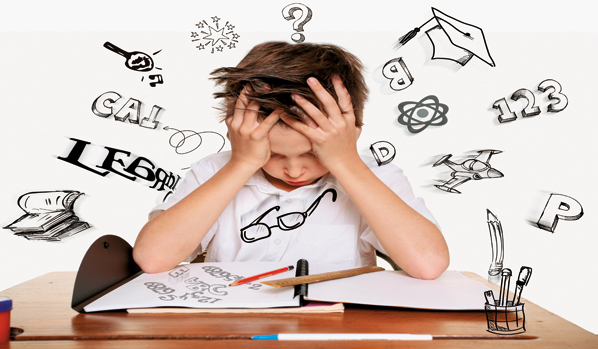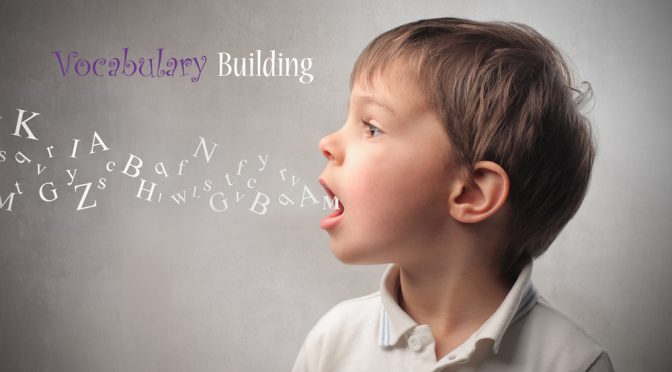Reading strips are a simple yet effective solution designed to help individuals overcome common challenges, improving focus and comprehension. These tools enhance visual tracking, minimize distractions, and make reading smoother for people of all ages, leading to greater confidence and a love for learning.
The following are some benefits of using reading strips to overcome reading difficulties:
Enhances Visual Tracking – One of the primary benefits of reading strips is their ability to assist with visual tracking. By highlighting one line of text at a time, reading strips guide the eyes smoothly across the page, reducing the chances of skipping lines or rereading the same text. This focused approach helps readers stay on track and maintain a steady flow, which is beneficial for those who struggle with following dense or closely spaced text.
Improves Focus – Enhanced focus and visual guidance result in improved comprehension. When distractions are minimized and the reading flow is consistent, readers can concentrate better on understanding the material. By narrowing the visual field, these tools support better focus, especially for individuals who find it difficult to stay attentive while reading lengthy passages.
Boosts Comprehension – Improved focus and visual guidance lead to better comprehension. When distractions are reduced and the reading flow is steady, readers can dedicate their attention to understanding the material. This makes reading strips an effective tool for improving comprehension, especially for students or individuals working through complex texts.
Reduces Eye Strain – Extended reading sessions with small fonts or overwhelming blocks of text can lead to eye strain. Reading strips ease this strain by simplifying the reading process. By providing a clear, highlighted path, they reduce the effort required to track and process text, making reading less tiring and more comfortable over time.
Supports All Age Groups – Reading strips are versatile tools that cater to a wide range of age groups. Young children learning to read can use them to build focus and accuracy, while older students and adults can rely on them to manage specific reading difficulties. Their simplicity and effectiveness make them suitable for readers at all levels, addressing diverse needs without requiring specialized training.
Portable and Easy to Use – The convenience of reading strips adds to their appeal. Lightweight and compact, they can be easily carried to school, work, or any other location where reading is required. Their design makes them user-friendly, requiring no prior setup or adjustments. This portability ensures that readers can access support whenever and wherever they need it.
For more information about reading strips for simplifying reading, visit 2533 Sutton Lane, Aurora, IL 60502-9461, or call 1-630-236-5592. You can also browse the reading tools at www.see-n-read.com or connect on Facebook.




